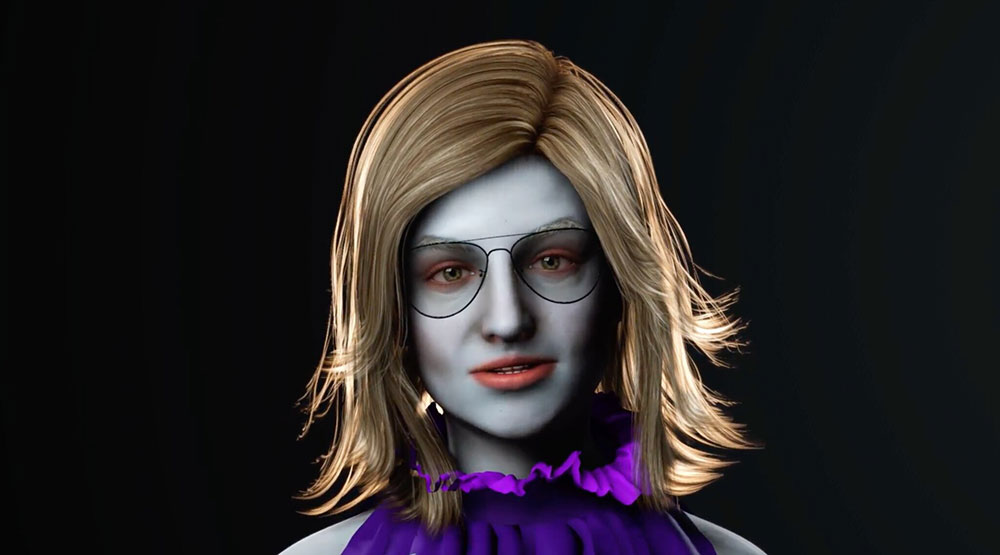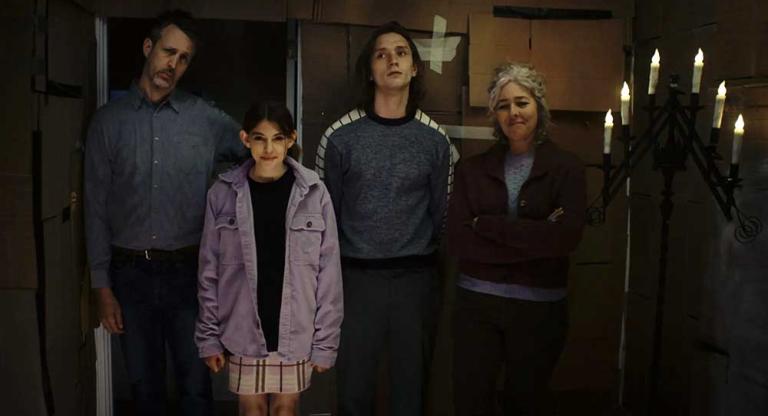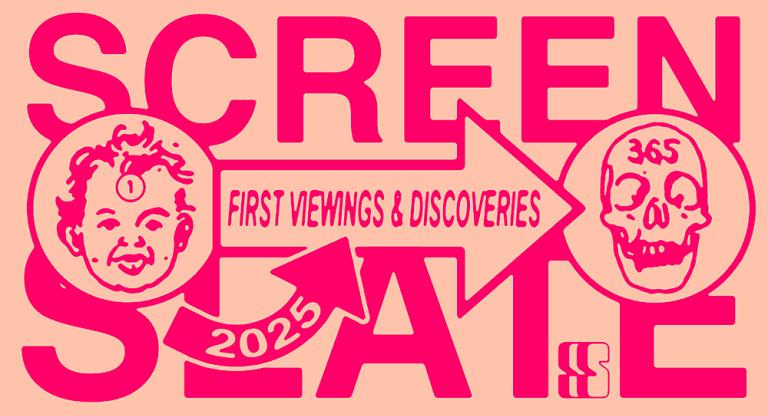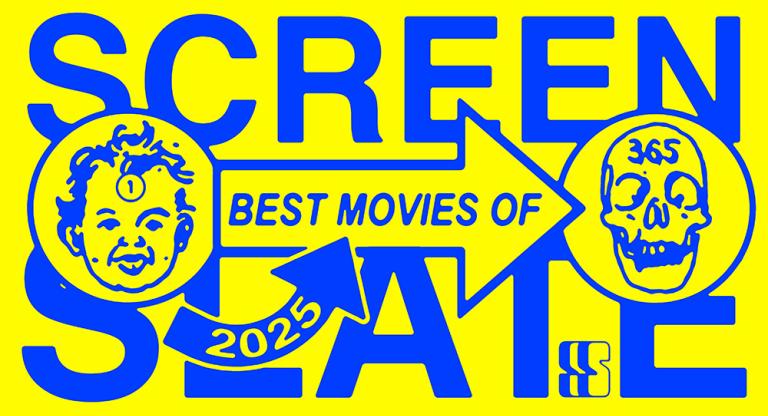For more than 60 years, Lynn Hershman Leeson’s intrepid body of work has reconfigured intersections between technology and the self. When I visited Twisted, Hershman Leeson’s 2021 New Museum survey, I was blown away by drawings and wax casts from the 1960s and animatronic live-surveillance sculptures from the 1990s. Later, I watched the three astonishing feature films she made with Tilda Swinton, which were then streaming on the Criterion Channel. Hershman Leeson’s work is often way ahead of its time. Lorna (1984) is the first interactive video art LaserDisc and Deep Contact (1984) is the first artwork to include a touchscreen. Agent Ruby (1998) is a web-based and still interactive experiment of expanded cinema.
The New Museum exhibition represented a fraction of the artist’s oeuvre and a full museum retrospective has yet to materialize, but in the next few months there will be increased opportunities to encounter Hershman Leeson’s work. Tonight, Bridget Donahue’s gallery opens Lynn Hershman Leeson: Anti-Aging, an elegant and bountiful show that includes everything from Friends, a 1958 watercolor, to Cyborgian Rhapsody: Immortality (pictured at top), a new AI-generated digital video.
Last week, I sat down with Hershman Leeson to discuss her pioneering career in the context of the new exhibition.
Max Levin: When did aging and anti-aging become important to you and your work?
Lynn Hershman Leeson: When I started to age… [Laughs] Which I like to think hasn't happened yet. For my project, Infinity Engine (2014), I talked with scientists to get information about what was happening with genetic research. CRISPR was invented in 2015, which allows you to change cell structures and replace cells with newer cells or other cells. Every scientist that I talked to then is now working on anti-aging, or avoiding death, which they think of as a disease. I thought this was really interesting to bring forward because of the fact that reversing aging is now possible and people are working on it.
ML: I would love to hear about your interview with Leonora Carrington, and your choice to recut it and share it in this exhibition.
LHL: The interview was from 1986. I did it in New York while I was trying to make a film about Carrington and women who were in the Surrealist movement, but the film was never completed. I recorded about 40 minutes, which, for this show, I cut down to just two minutes: the section where she talked about aging.
ML: In your films Conceiving Ada (1997) and Teknolust (2002) there is a focus on reproduction and time being bent so that age can be kind of…
LHL: Pliable, yeah, but only theoretically. It wasn’t possible until now. And even now, they're not doing it on humans in the United States. They do it with rats and dogs in the United States and in Europe, but in China they are allowed to experiment with humans. That’s where I got my anti-aging serum, which is going to be in the show. Eternally Yours (2023) is a refrigerator with a glass and mirror door that allows you to look inside and see both yourself and the serum.
ML: How has it been seeing changes in technology since making your first film? The far out video conference in Conceiving Ada is a commonplace possibility now.
LHL: These technologies are now universal, they’re languages that we work with. But the language that we have yet to work with is more interesting.
ML: Are there any new technologies that you're thinking about now or that excite you in terms of your new work?
LHL: Well, I'm working with a virtual character that talks to people who is a GPT4 chatbot, but I already did that with Agent Ruby (1998) and DINA (2001). So, nothing that hasn't been done yet! But I hope to broach some new projects this year that tickle future possibilities.
ML: I remember being really excited by the Giggling Machine (1968) series and its use of sound and sensors in Twisted. I know that you have a specific origin for how sound came into your work, which is from being in the hospital listening to the breathing machines. I'm curious if there's a story, or memory, that you have about when moving images came into your work?
LHL: I was in the carpool with Eleanor Coppola and she invited me to screenings. They had screenings every night where Francis, Peter Bogdanovich, and Marty Scorsese—they all came and talked about their films. They lived very well, and as a single mother, I thought: “It's not that hard.” So I took a City College class on how to edit films and that was it. I didn't finish the class, but I started making videos and films after that.
ML: Tell me about your first video experiments.
LHL: They were pretty terrible. Eventually, I did a video called Longshot (1989) because I was teaching and could get equipment. That was in a show in France and it won the Grand Prize [at the Montbeliard Festival for Television and Video]. Somebody from German television saw it and then commissioned the next work, which was Conceiving Ada.
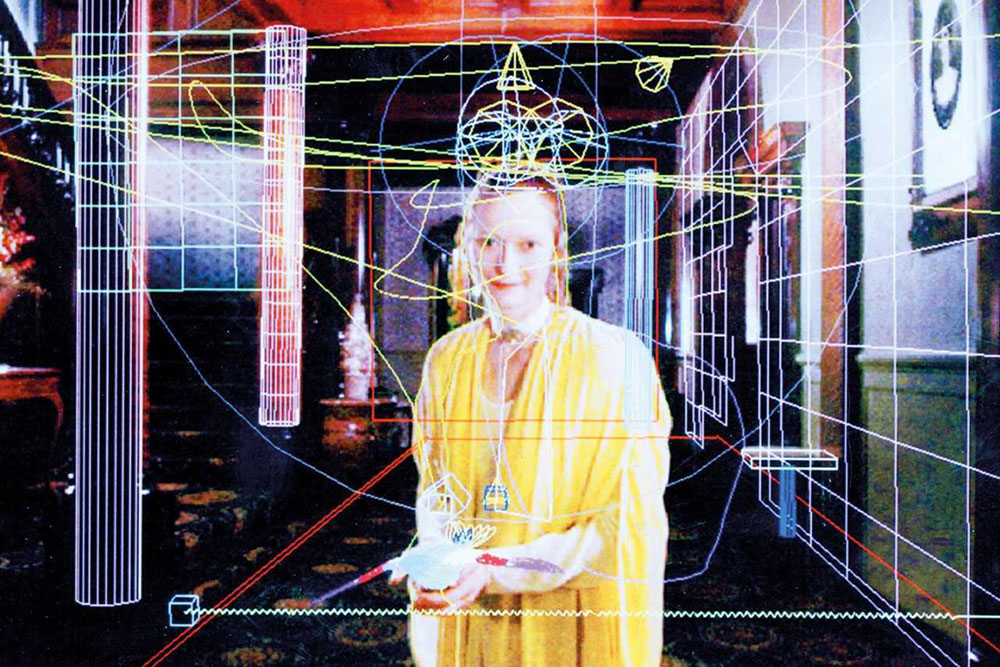
ML: Were there films or books that were important to how you think about narrative and structure?
LHL: No, I never studied anything about making films. I studied biology. I think that was a great advantage, because during the conversations at the screenings in San Francisco, people always referred to things they were supposed to do. When I showed at Sundance, there was all this talking about how you're supposed to make something. I didn't know what any of these terms meant. Therefore, I could break the rules without knowing that I was doing it.
The fact is that I was really ill. I like to think I live my life in reverse, because when I was younger I had heart problems and I was always in the hospital or about to die. By the time I was 22 years-old, I didn't think I was going to live ‘till I was 23. That idea of death and survival has always been a part of who I am, which I think was lucky because a lot of people don't think it's going to happen to them.
ML: How did new technology influence your film and video work?
LHL: Conceiving Ada was done on what I named “virtual sets”—it was shot in front of a blue screen. I went to bed-and-breakfasts and shot rooms, and I inserted them as we were shooting so that it looked like the characters were going to different spaces in the 18th century without building sets, as I had no budget. I patented that process in 1996. I still have the patent, but nobody paid attention. Other people claim that they did it first.
ML: Aliases, personas, and characters have been important to your work since at least 1973, when your performance as Roberta Breitmore began. Do you have different processes for how you decide different attributes of any particular character?
LHL: Well, for this new work at Bridget’s, Cyborgian Rhapsody: Immortality (2023), the character Sarah named herself. When I made chatbots like Agent Ruby and DINA, decades earlier, they didn't really have much to say for themselves. Now they do.
I let Sarah write the script for Cyborgian Rhapsody. I don't think it's very good, but I set the parameters that I was going to have her write and perform the script, which has no sense of humor or layered metaphors. These AIs are smarter than the older ones. It seemed like they might write something really interesting and it starts out interesting, with a really great sentence about her history, but then it kind of dissolves. It's like an Instagram scroll. There's no structure to the script.
ML: One thing I noticed in Conceiving Ada is that you went into the future a little bit, to 2002. And then in this new Rhapsody work, Sarah is born in 2029. I'm curious about how you choose to situate these projects in time?
LHL: Sarah chose when she was born, but in terms of other projects I often set things a little bit in the future so that there is the possibility that it might really happen…so that you're not completely taking the video as a fantasy or fiction but rather a possibility.
ML: Samuel R. Delany often writes that science fiction is less about imagining the future as it is about distorting the present.
LHL: For sure, or using the present to anticipate the future—not predict it, but base it in the present.
ML: How did Timothy Leary become involved in Conceiving Ada?
LHL: He was one of the people that came to those parties that Eleanor had in San Francisco. I met most of the people that I knew at her screenings. We just got along. It was also because I had done a project at San Quentin and Leary had just come out of San Quentin.
ML: Jail factors into the third film you made with Swinton: Strange Culture (2007).
LHL: That was because Steve Kurtz was threatened with going to prison, so we did that film to try to keep him out of jail and it worked. I did it specifically to help him and then I showed it everywhere I could, which allowed many people to become aware of this problem. Eventually, the charges were dropped.
ML: Whenever I tell people about that film, I talk about it as that rare work that interceded in real-time and made an impact.
LHL: Art should do that when it can.
Anti-Aging is on view through May 18 at Bridget Donahue.
